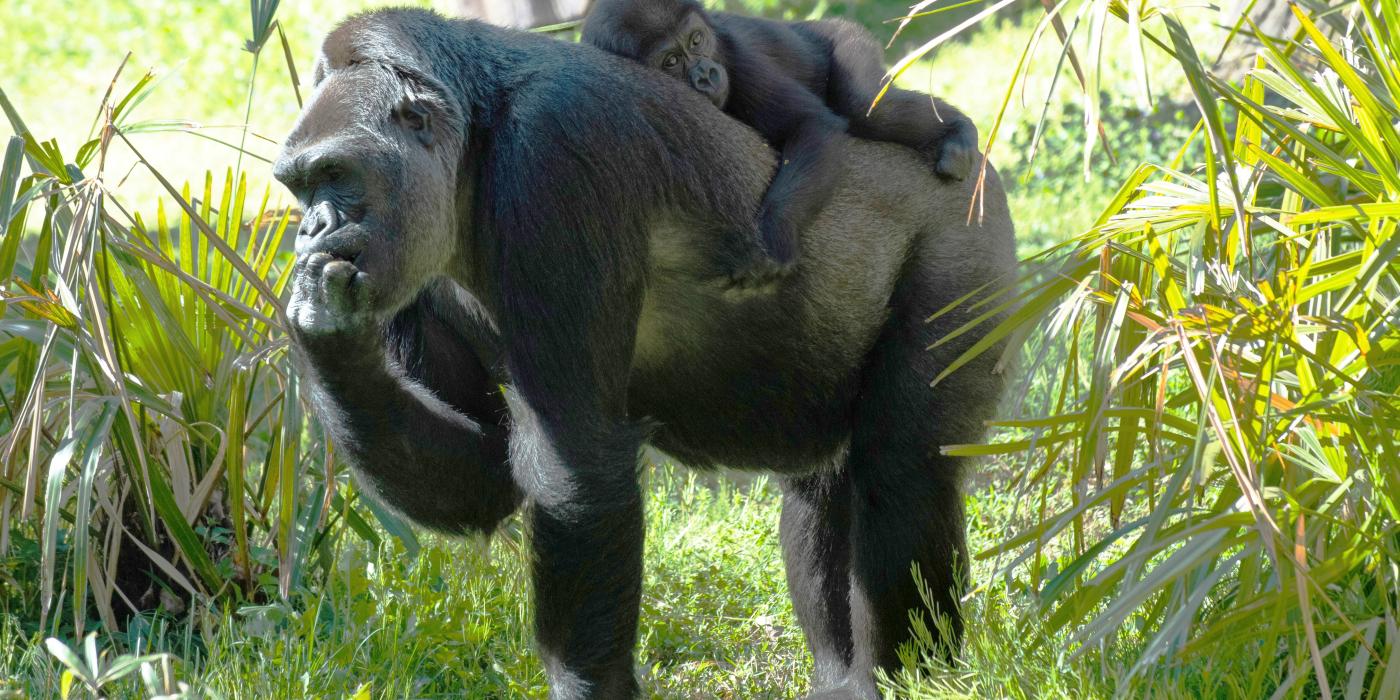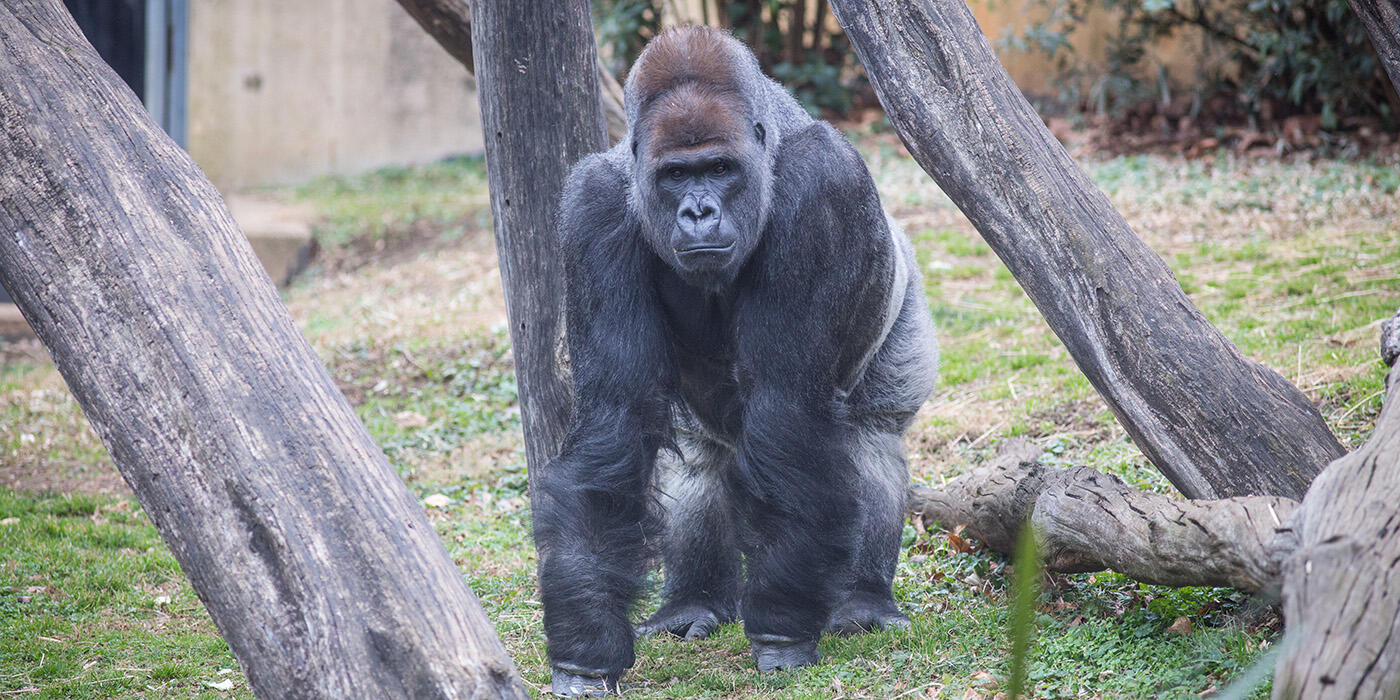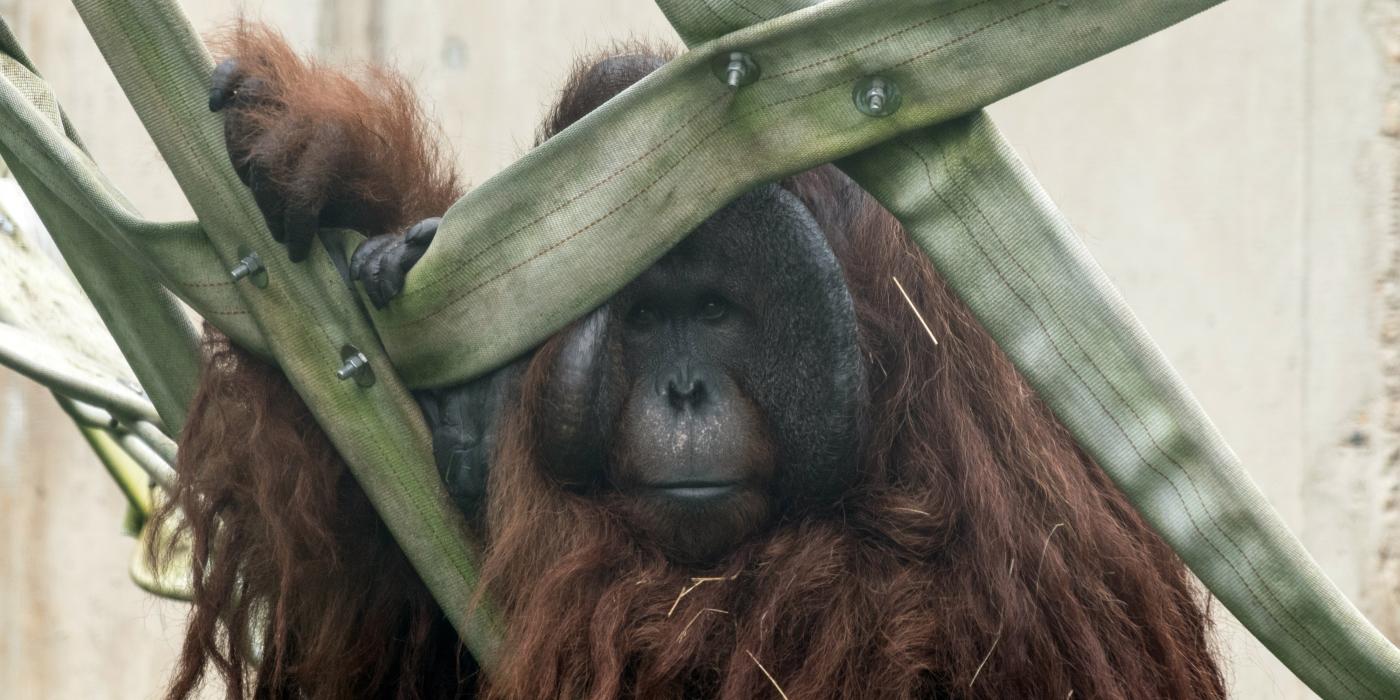Attention-Grabbing Apes: Studying Gorilla and Orangutan Gestures
How does western lowland gorilla mom Calaya get her son Moke’s attention? And how closely does Bornean orangutan Batang keep her son Redd when other adults are sharing their space? With two youngsters growing up at the Great Ape House, primate staff are taking the rare opportunity to study the gestures and spatial proximity between these mother-infant dyads. Get the scoop about this ongoing research from primate curator Dr. Meredith Bastian and primate keeper Alex Reddy.




